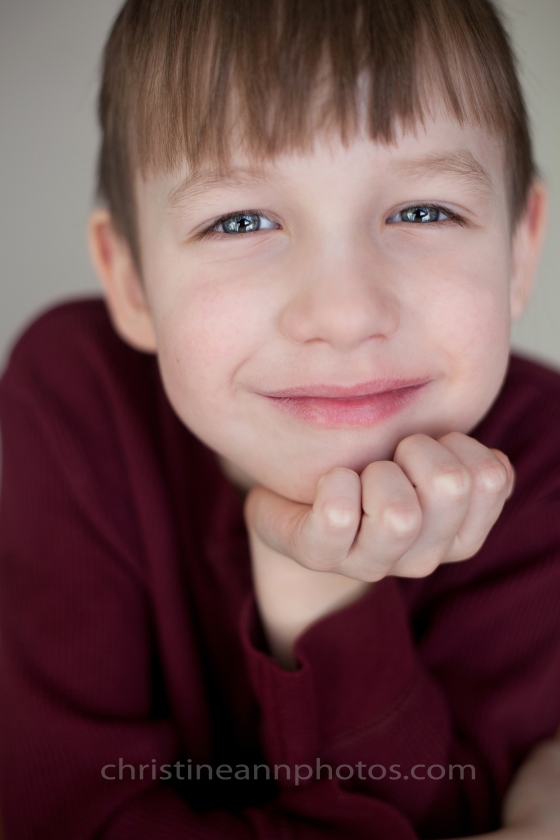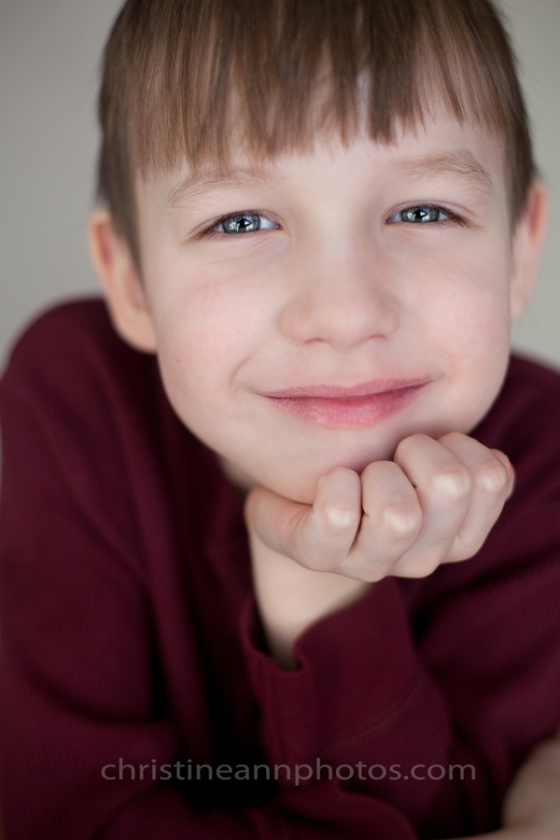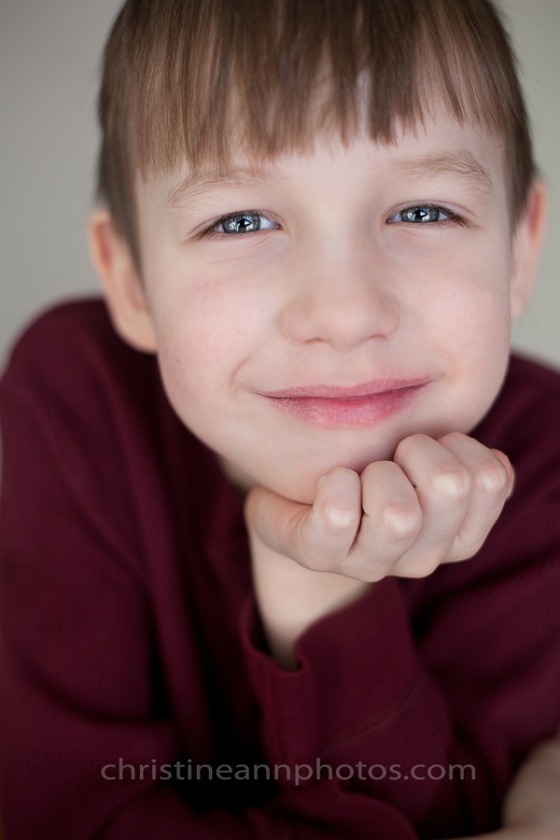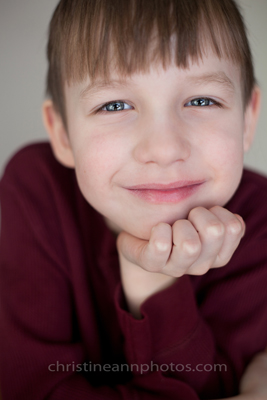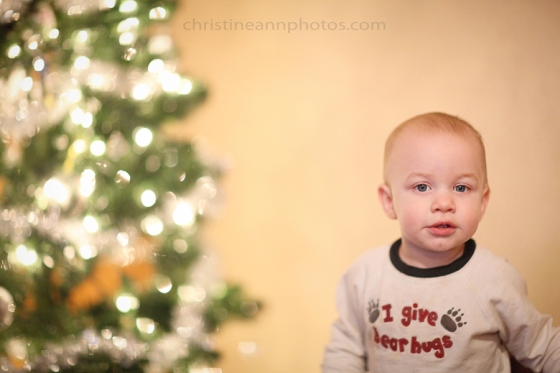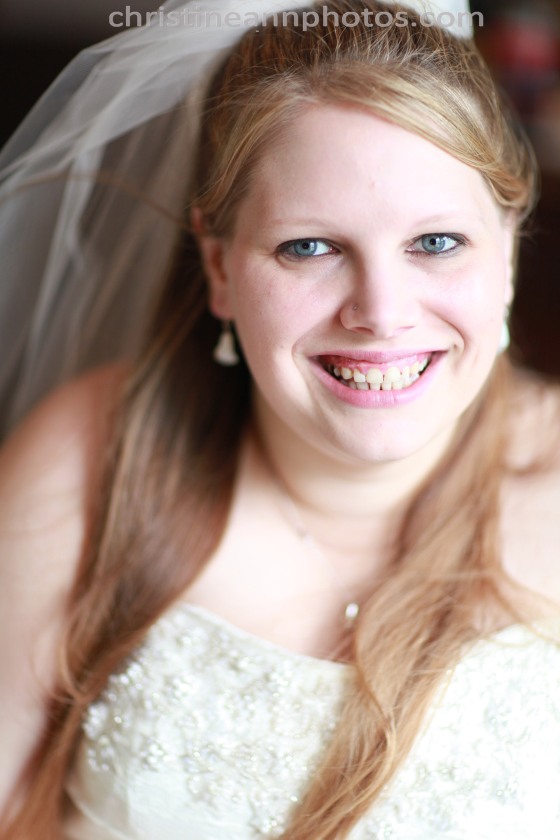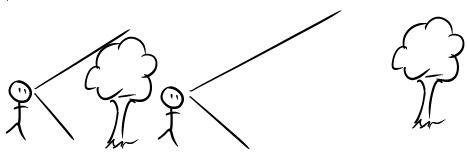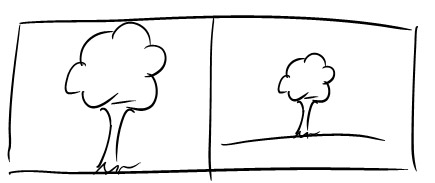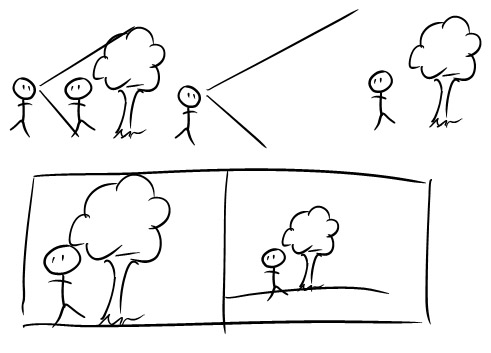The question was recently asked – does reducing the size of an image affect its quality? I couldn’t find anything on the internet with image examples (I’m sure it exists somewhere in the depths of the internet; I just couldn’t find it!) so I thought I would make my own so we can see for ourselves what happens when you reduce the size of an image (****I need to disclaimer here that technically when you “reduce the size of an image” to make it smaller for contest submissions or website submissions, you are physically changing the number of pixels in your image (the Pixel Dimensions) and this is called resampling.. resizing is something different and has more to do with printing and the document size than the [pixel] size of your photo, but for all intents and purposes, I’ll speak colloquially, and most people just say resizing when they mean reduce the pixel size). I will upload a full res image, along with 3 additional images which have been reduced in size. Perhaps you already know what happens to reduced images and are about to click that X on the top of the screen – instead, you may want to consider scrolling to the bottom of the page where some nice, free resize/sharpen actions lurk :).
Anyway, the best way to compare each of these photos is to open a new tab for each photo (to do this you can hoover the mouse over the photo and click the scroll wheel or you can right click and select “open in a new tab”). By the end of the comparison you should have 5 new tabs in a row starting with high res and moving towards smaller res. When you get to the last 2 images the photos appear smaller.. to see how they look you may need to zoom in. To do this hold down the “control” key on your keyboard and then scroll your mouse wheel up to zoom in (and then down to zoom back out).
^ Full resolution image. The image is 3744×5616.
^This image has been reduced to 600×900. 600×900 is considered the “ideal” size to post to Facebook and web [update: within the last couple months of June 2014 Facebook’s ideal image size has changed to 960 or 2048..] It is highly recommended to resize and sharpen on your own because if you upload a huge file to the internet, the internet will automatically reduce the size and quality.. if you do the job on your own, you retain control over how the photo looks. Although compressing it like this makes it lose sharpness so it is recommended to do a little bit of sharpening to anything that has been reduced this amount. Personally I run a high pass filter @ .5 – 1.0 and it’s perfect! While it is easy to do this manually I created some actions to speed up the process of resizing and sharpening. If you are saving in Lightroom there is a simple box you can check to sharpen upon export.
Here is the same file size – 900×600 with a .5 high pass filter applied to it.. it is definitely an improvement from with no high pass filter and looks almost identical to the original file despite being significantly smaller. 600×900 is the perfect size to put on the web without worrying about how the web will change your photo. (If you want a free high pass filter action, I put a download to one I made at the bottom of this page!).
^This image is 267×400. You can very clearly see how much it has been degraded at this point so we already have our answer that reducing the size of an image does impact how it looks and degrades it. If you cannot tell then hold down “CTRL” + scroll the scroll wheel of your mouse up.. this will zoom into the image so you can see the quality up close.
^This has been set to 134×200. Though uploading that is probably overkill at this point since the point was already made in the above photo :).
I’ve created 2 files I want to share with everyone.
The first one includes 4 actions – Two of these actions reduce your file size to web-sized files (2048 on the longest side) and the resolution to 72 and the other two actions reduce the size to the same size but also apply a .5 high pass filter to the image which helps sharpen it. When you reduce the file you are squishing pixels on top of each other and losing information.. that’s why a little bit of sharpening is ideal.
Please note this actually “resamples” the image but I am using colloquial language and most people call it resizing :).
Resize Horizontal
Resize Vertical
Resize and Sharpen Horizontal
Resize and Sharpen Vertical
You can download this free resizing and sharpening action here.
The second one also includes 4 files. All of these only sharpen images, regardless of their size. The smaller the image is, the smaller HPF you’ll want to apply. For full res images I usually run HPF 3-4. For 600×900 I run at .5. If you want above a 4 you can run HPF 4 and then HPF 1 (totaling HPF 5). Anyway these are the actions included in this set (HPF stands for High Pass Filter).
HPF .5
HPF 1
HPF 2
HPF 4
You can download this free sharpening action here.
Of course there are countless ways to do resizing and sharpening, this is just one of many 🙂 and there is software designed to assist you in resampling the image without hurting the image quality so if you need something like that, programs like that exist!
-Christine Ann
